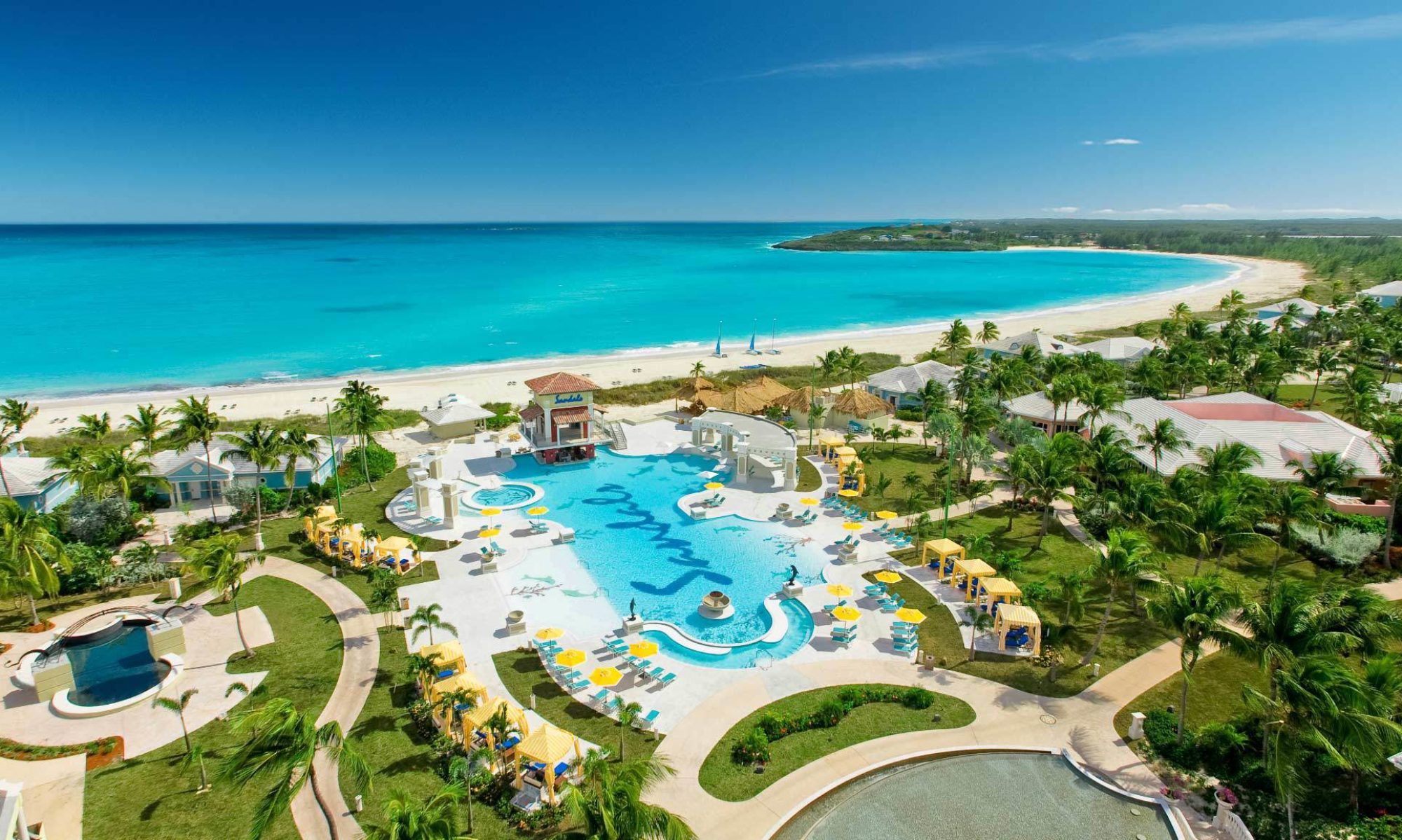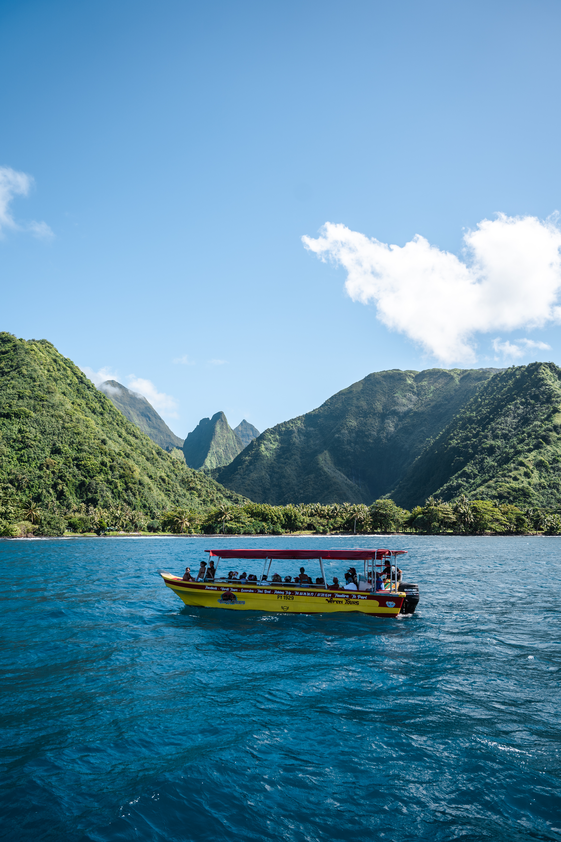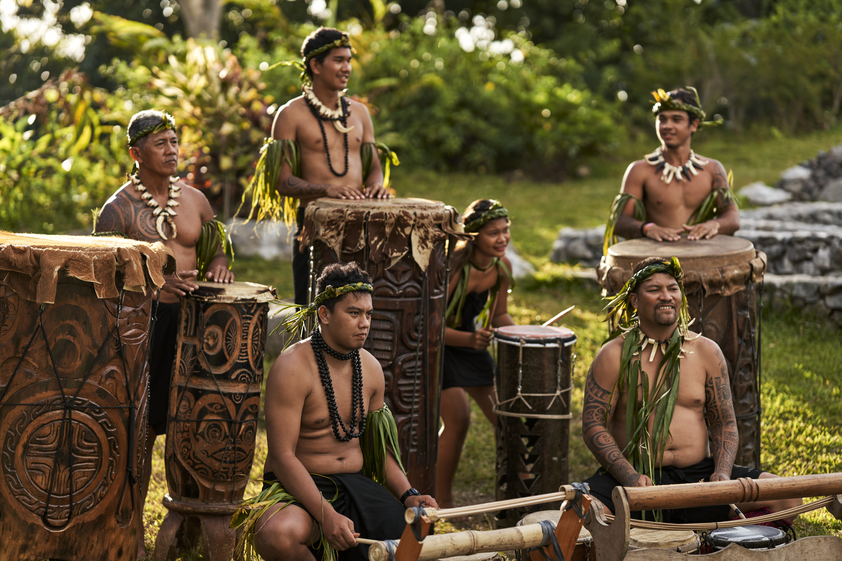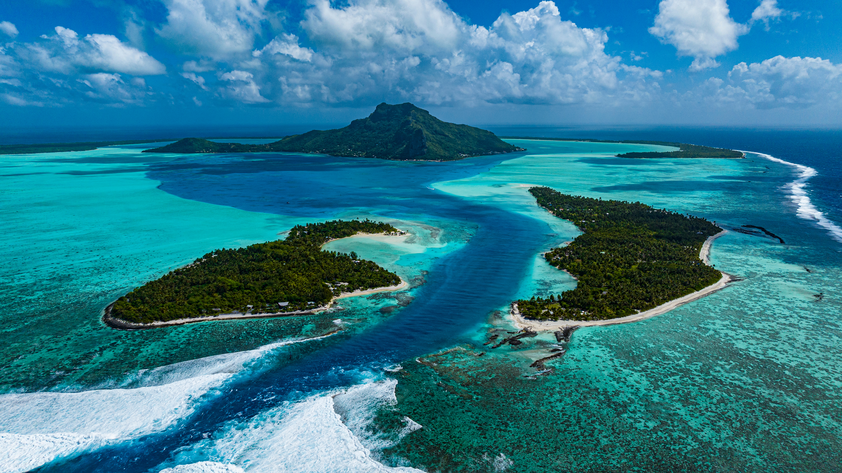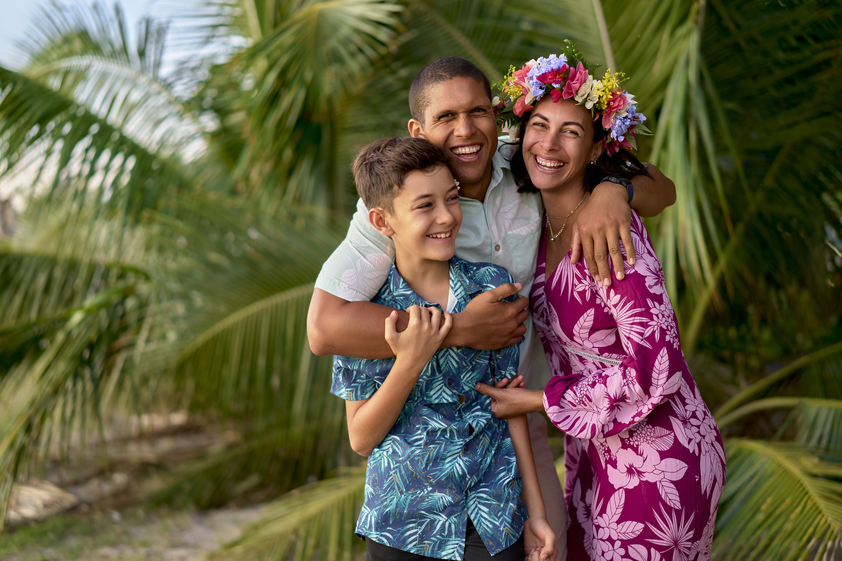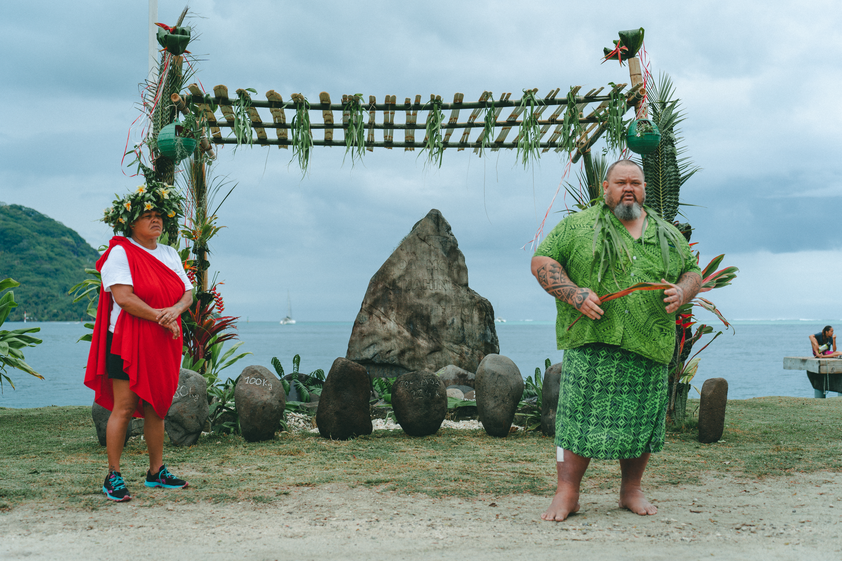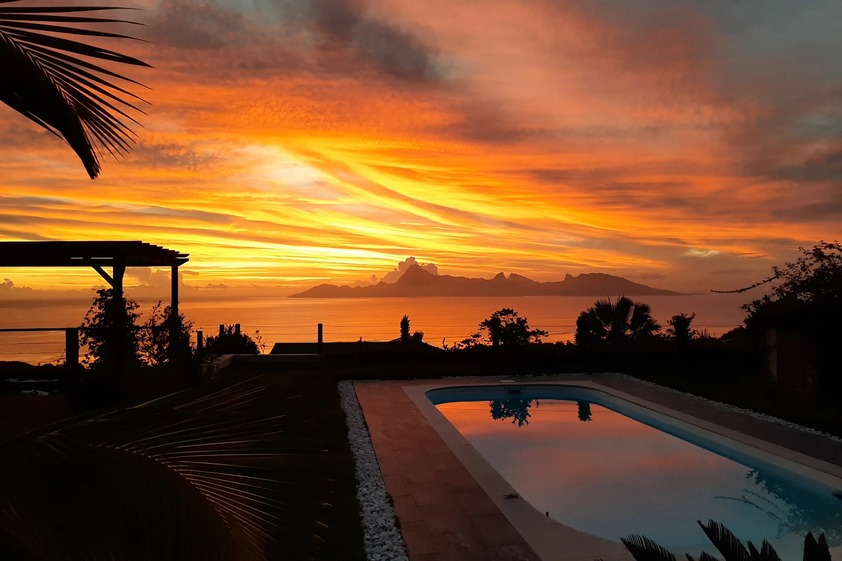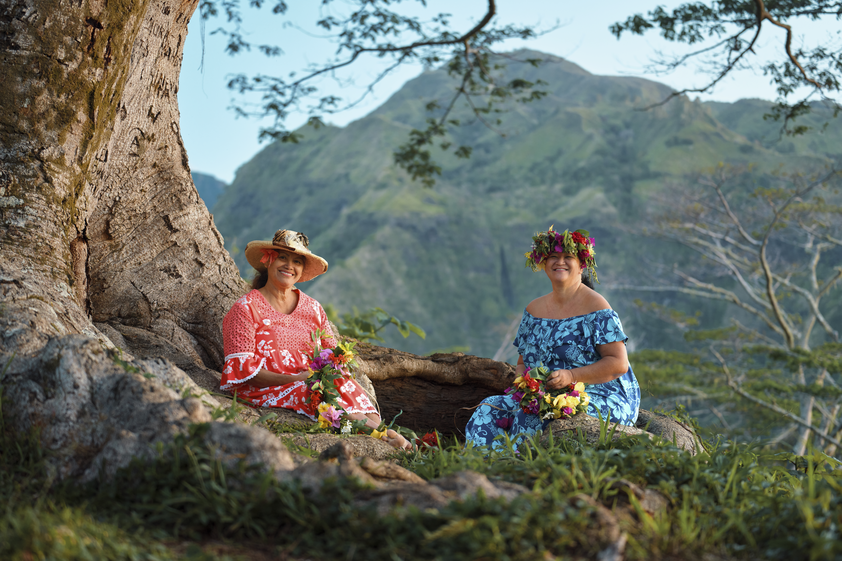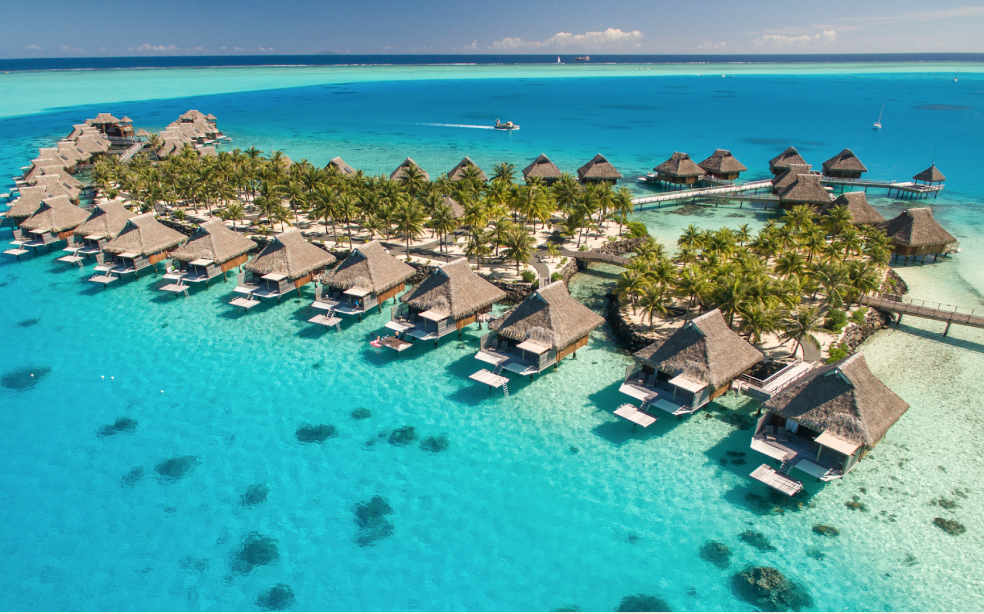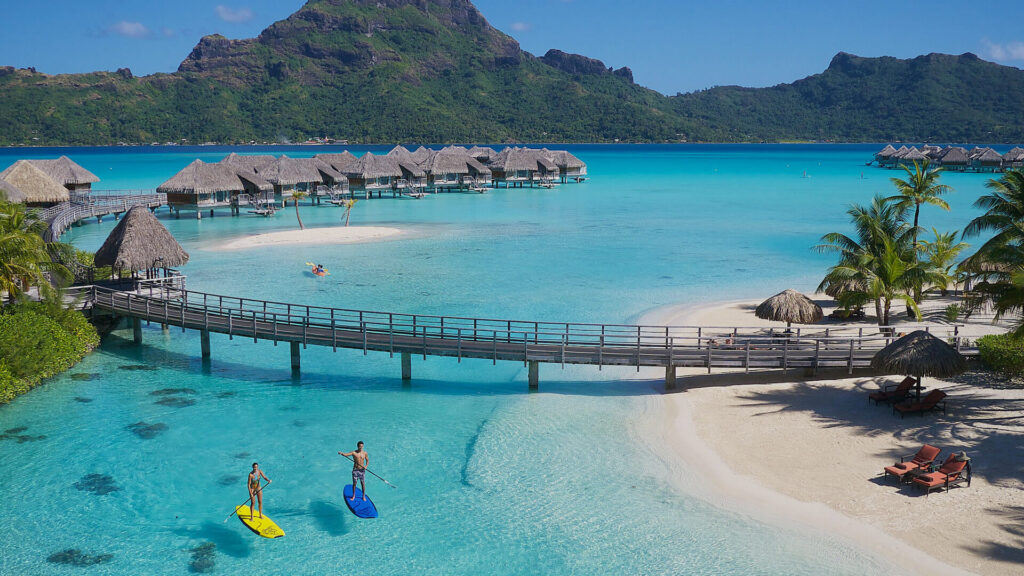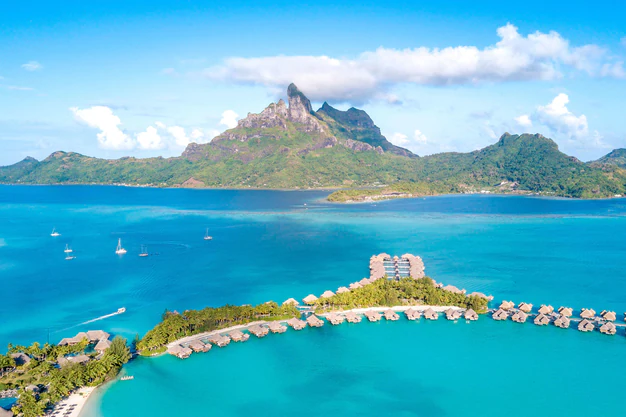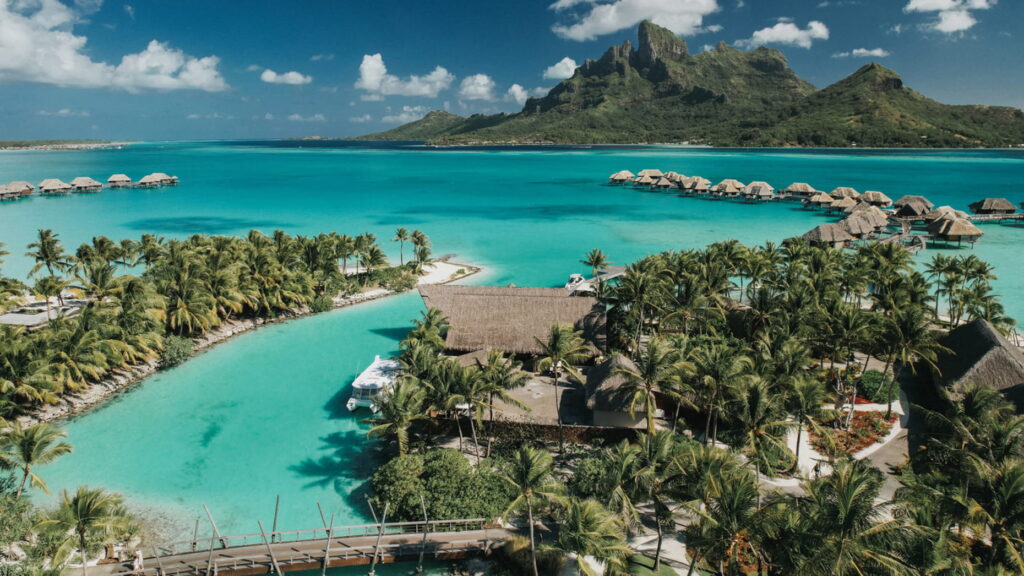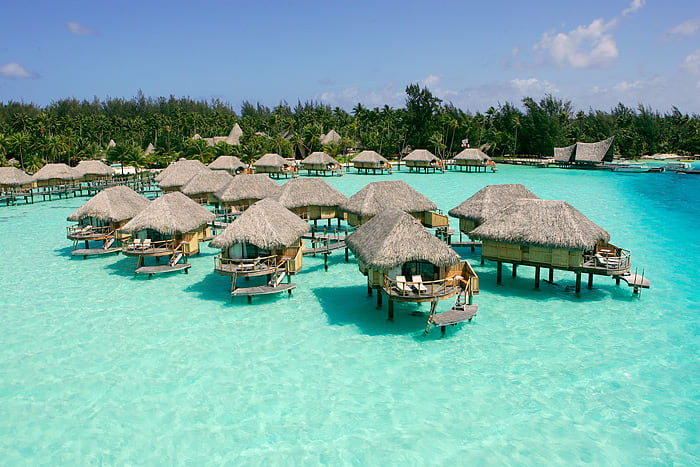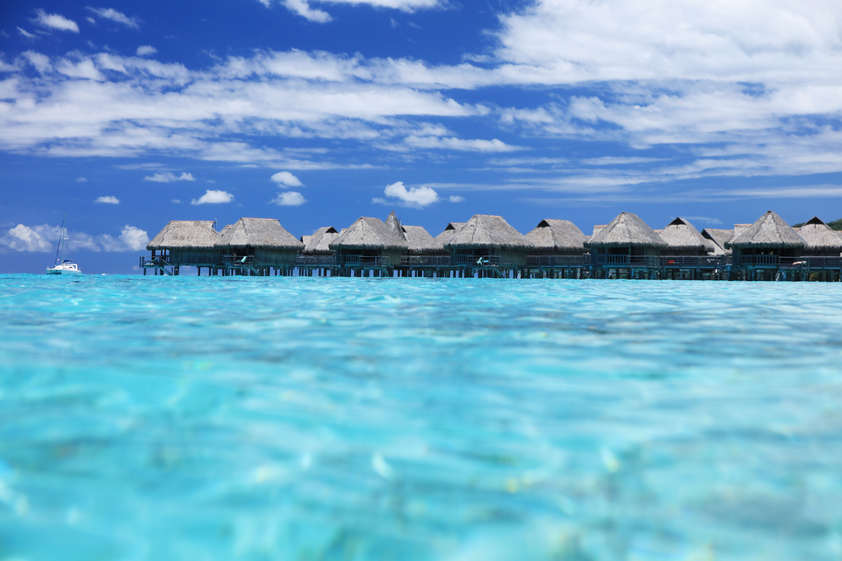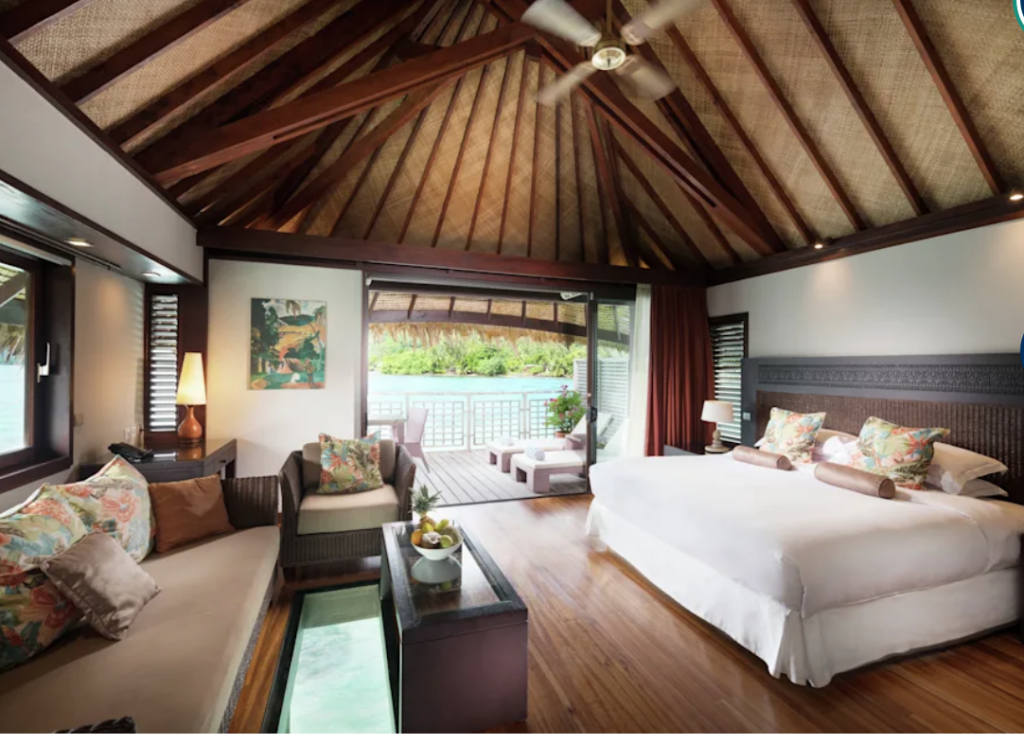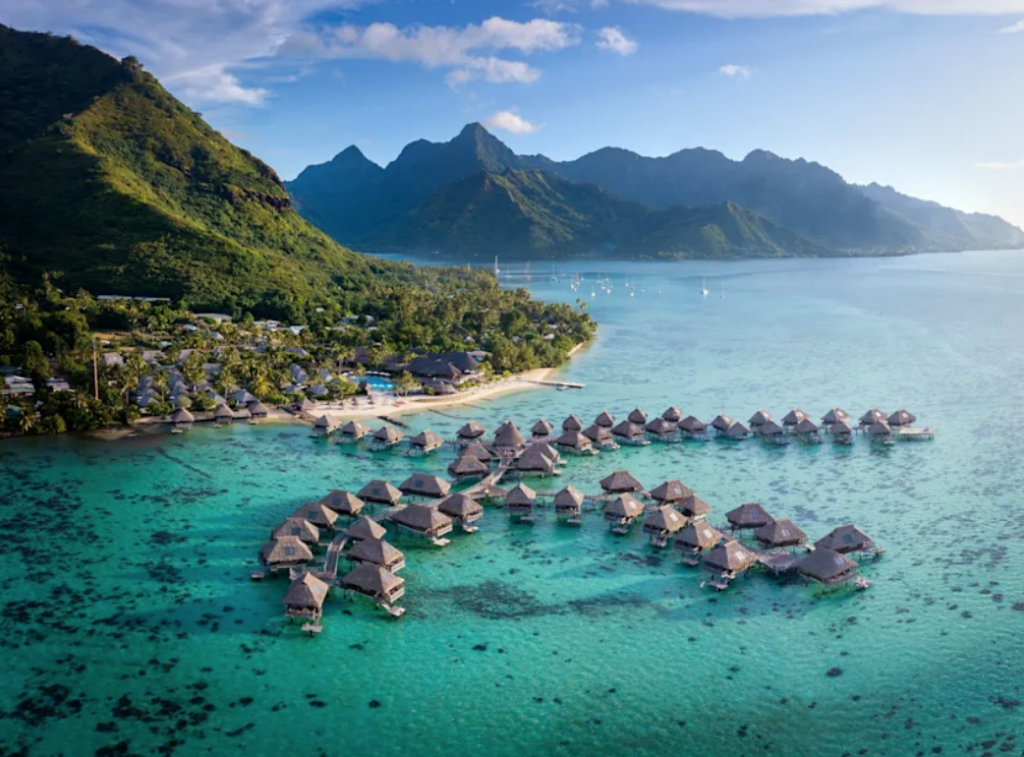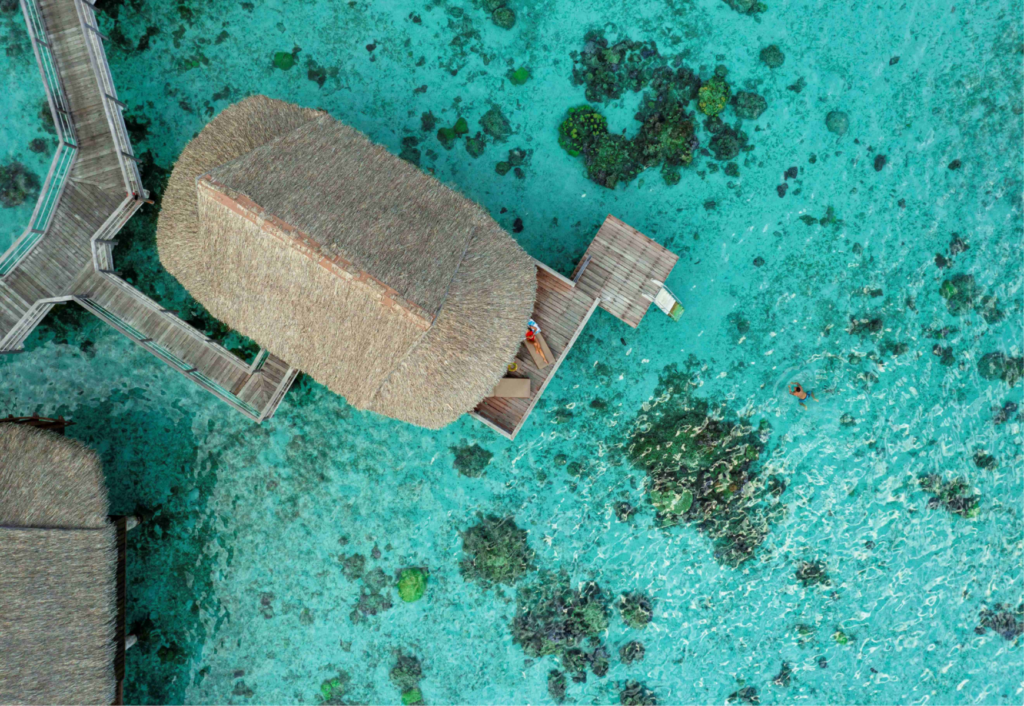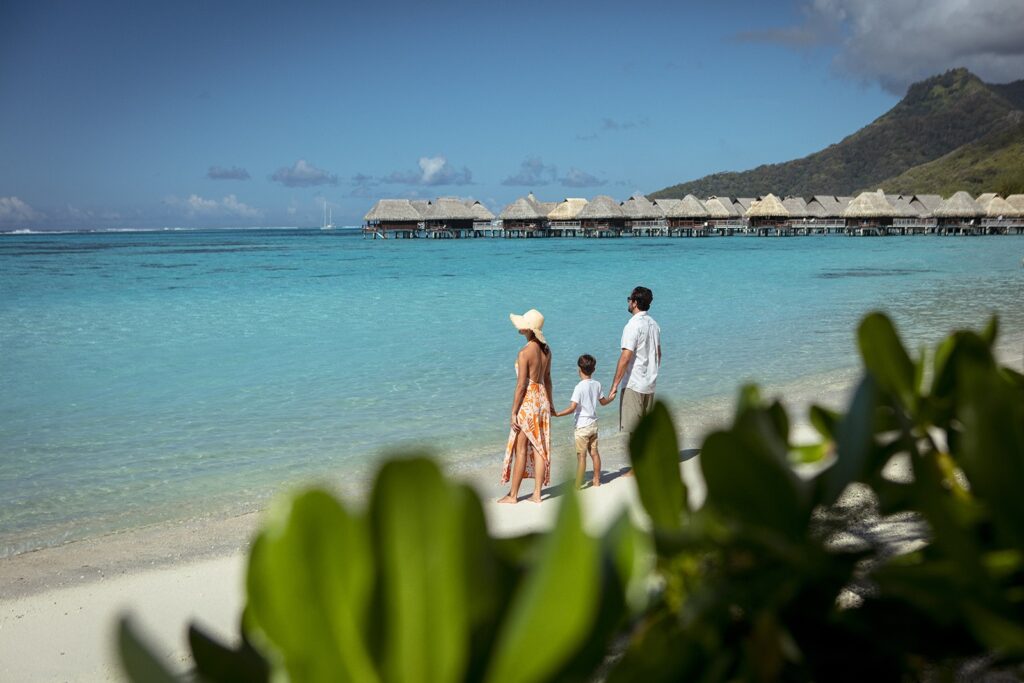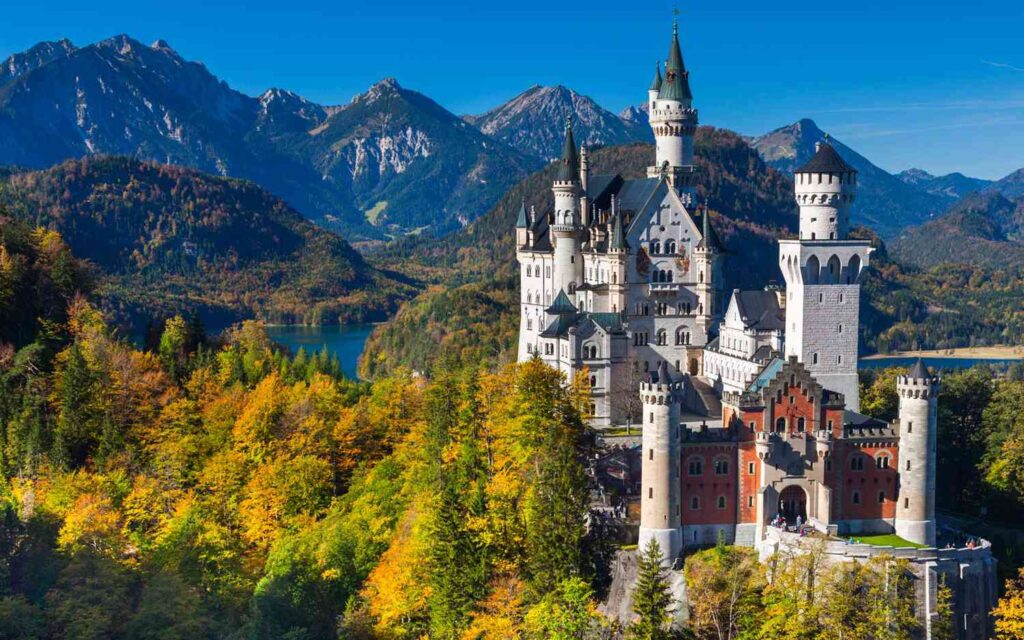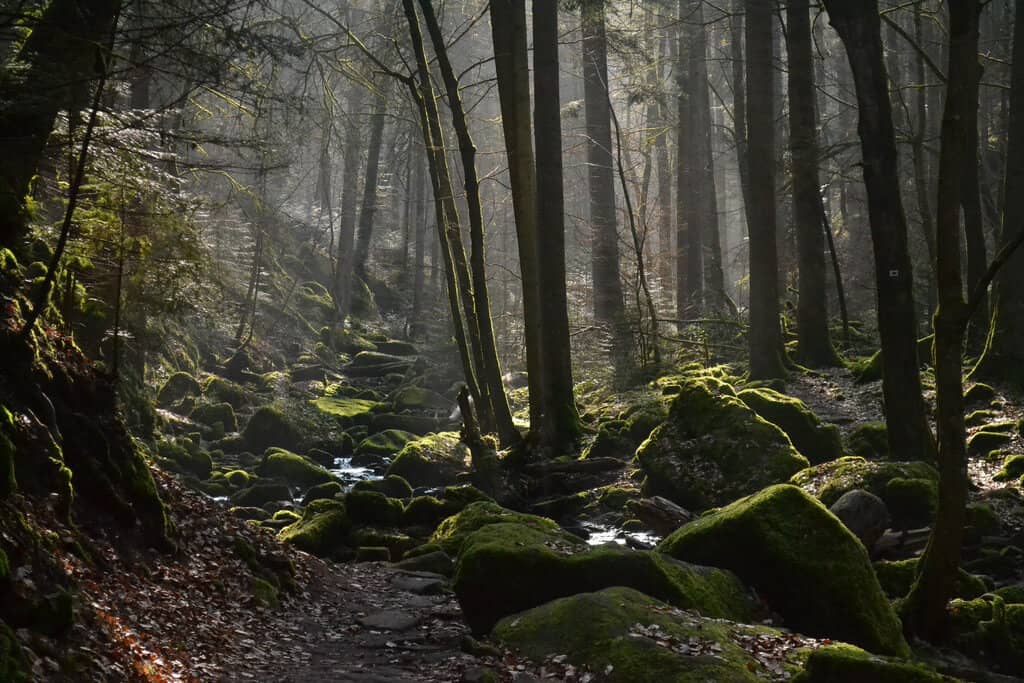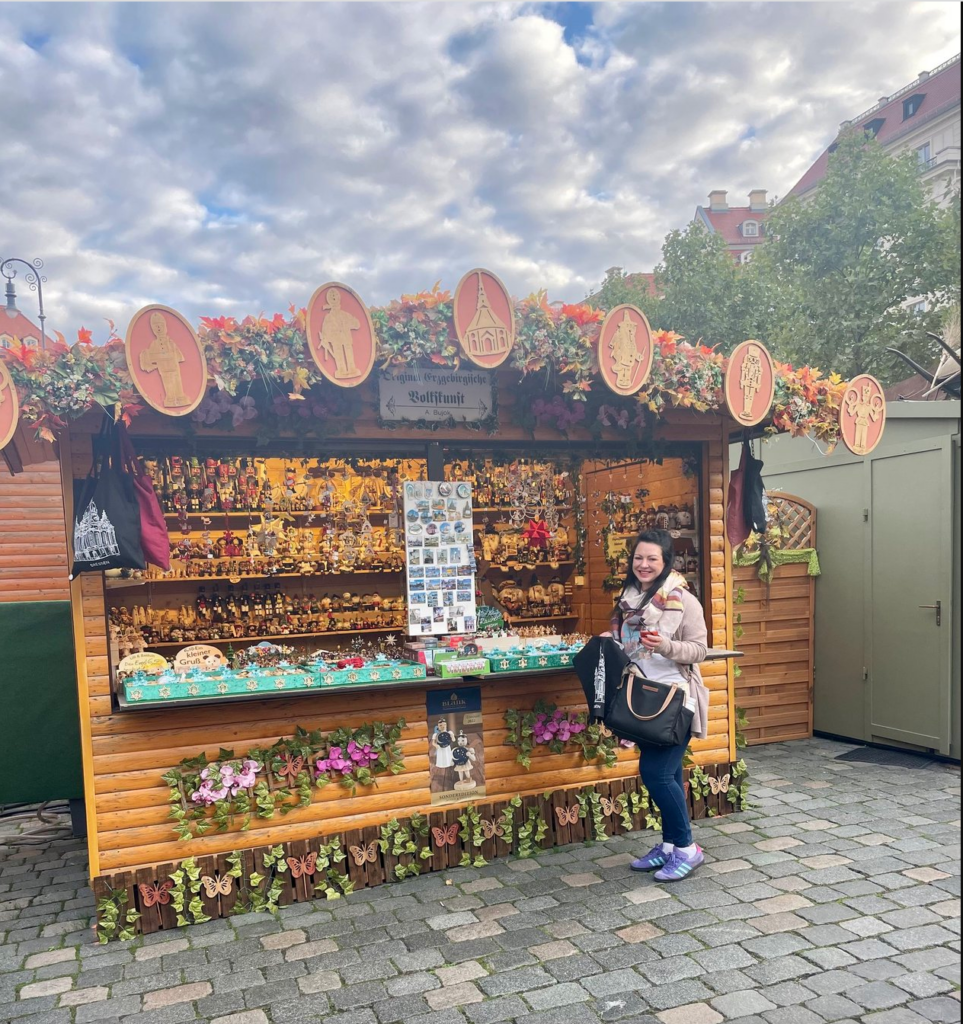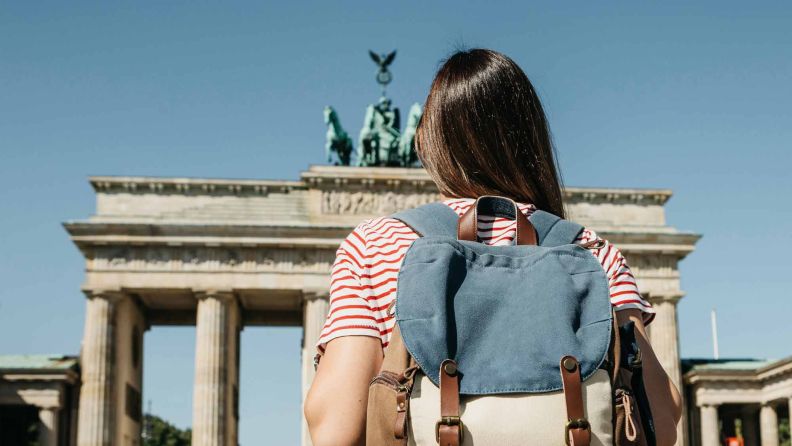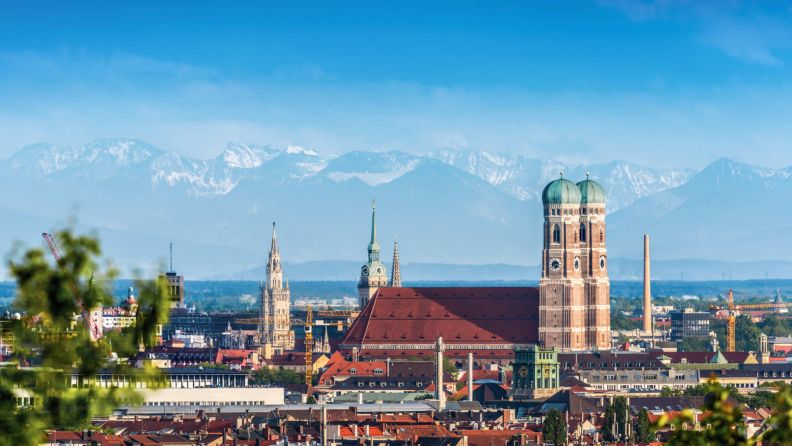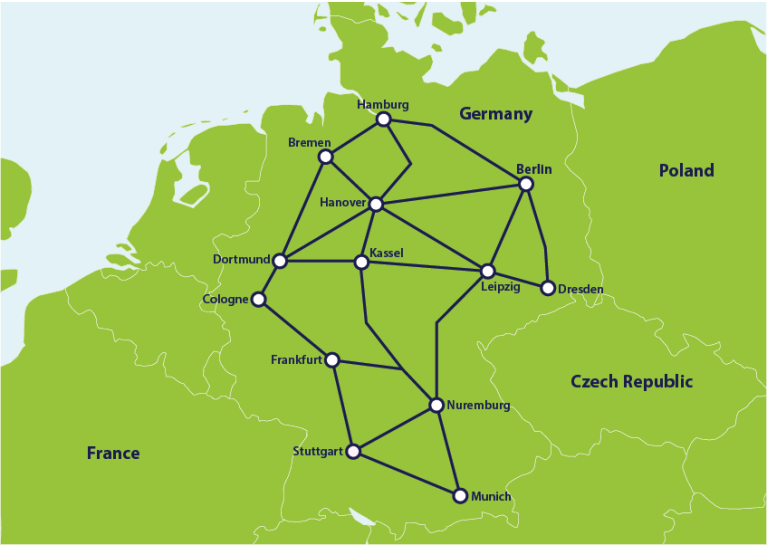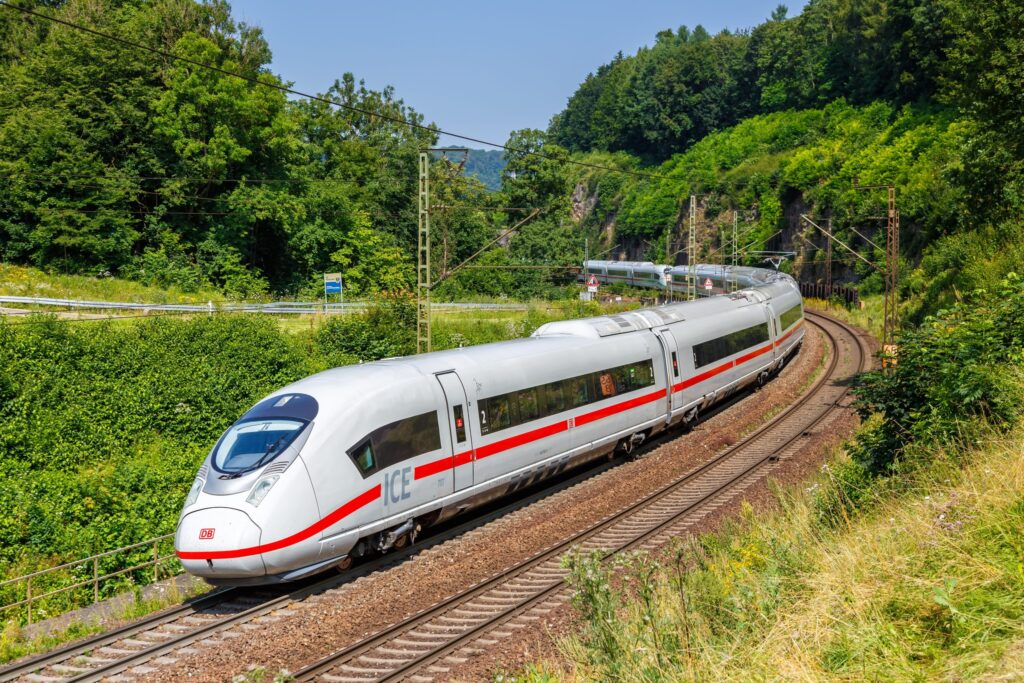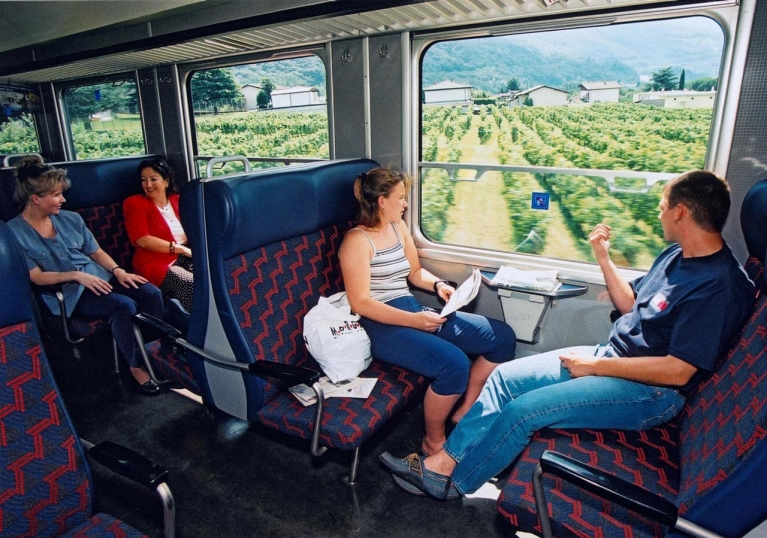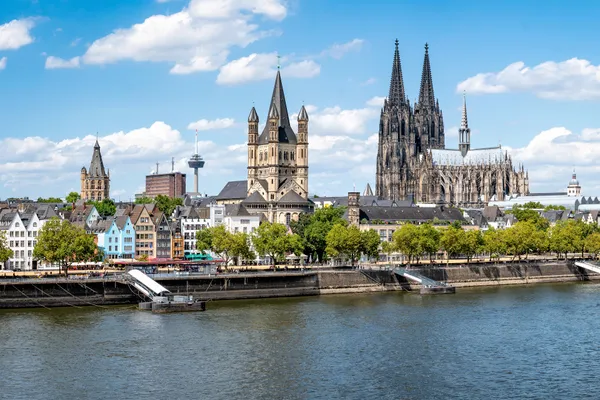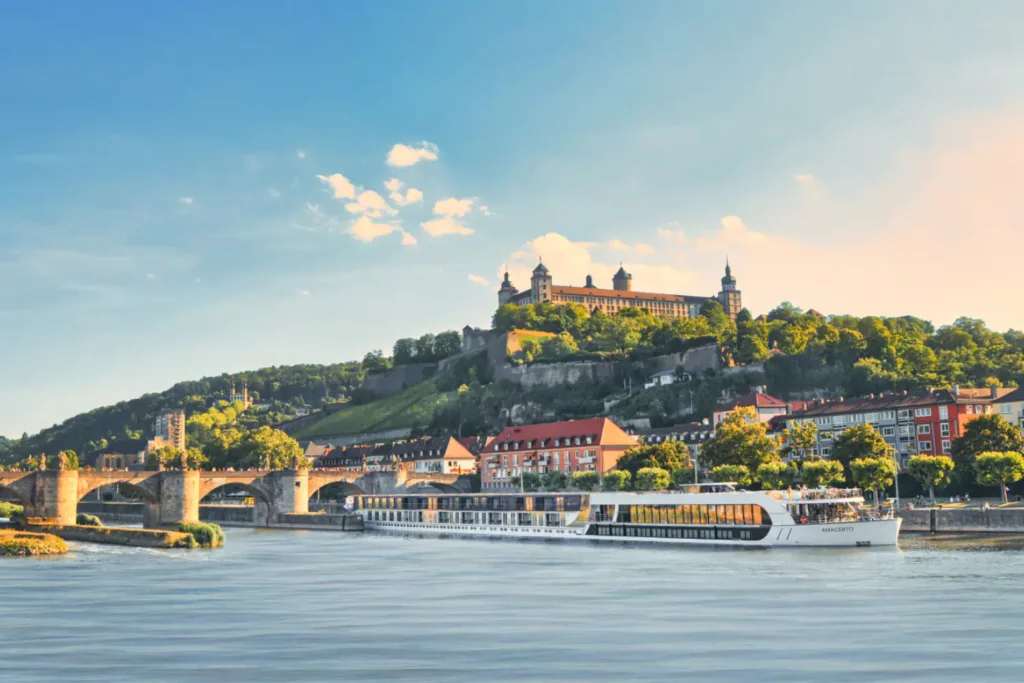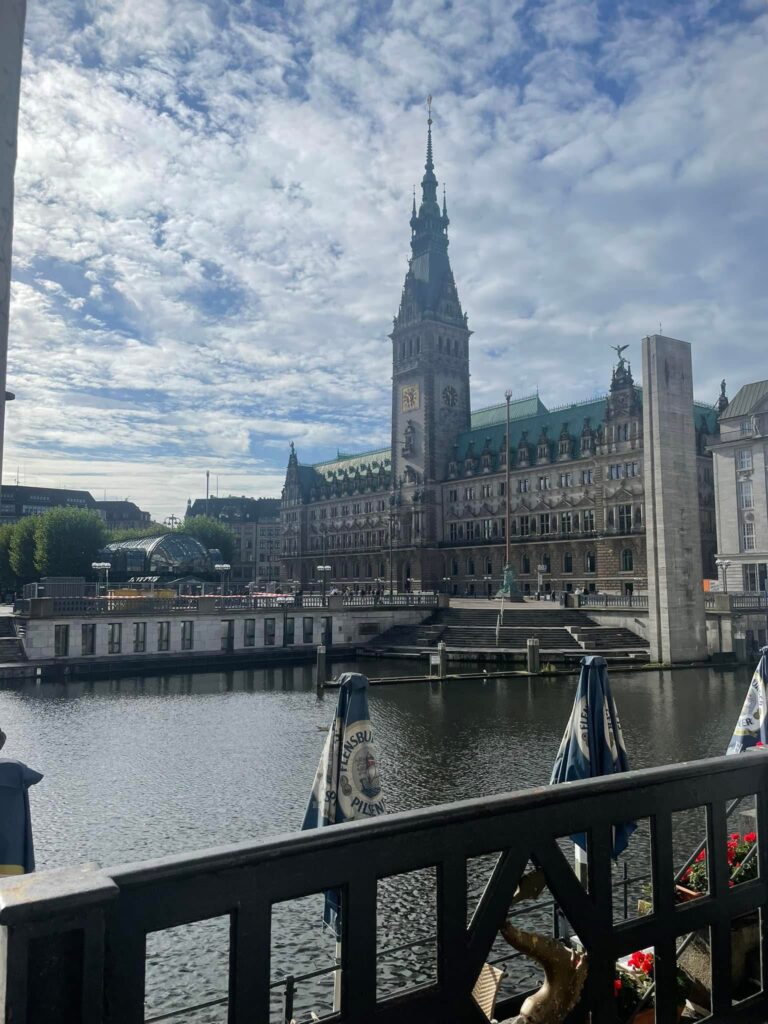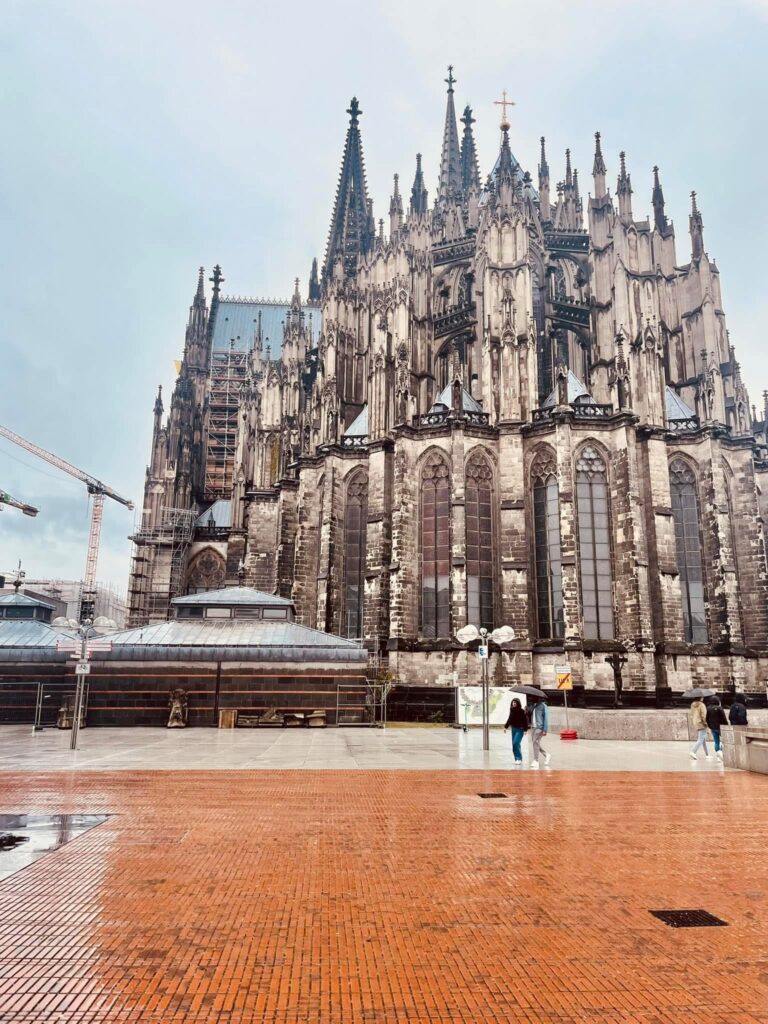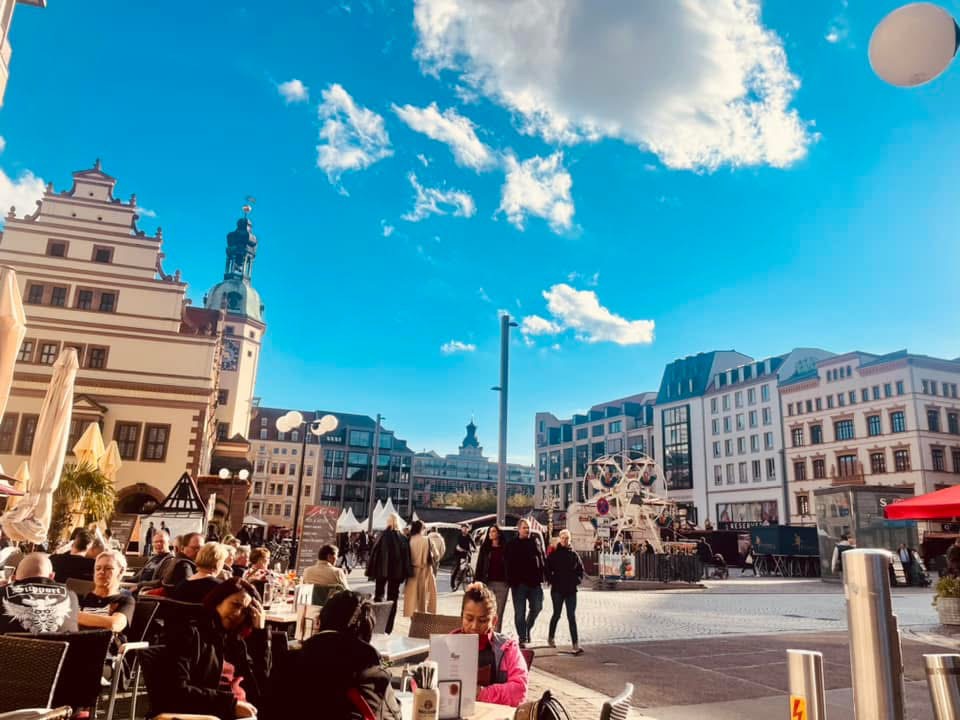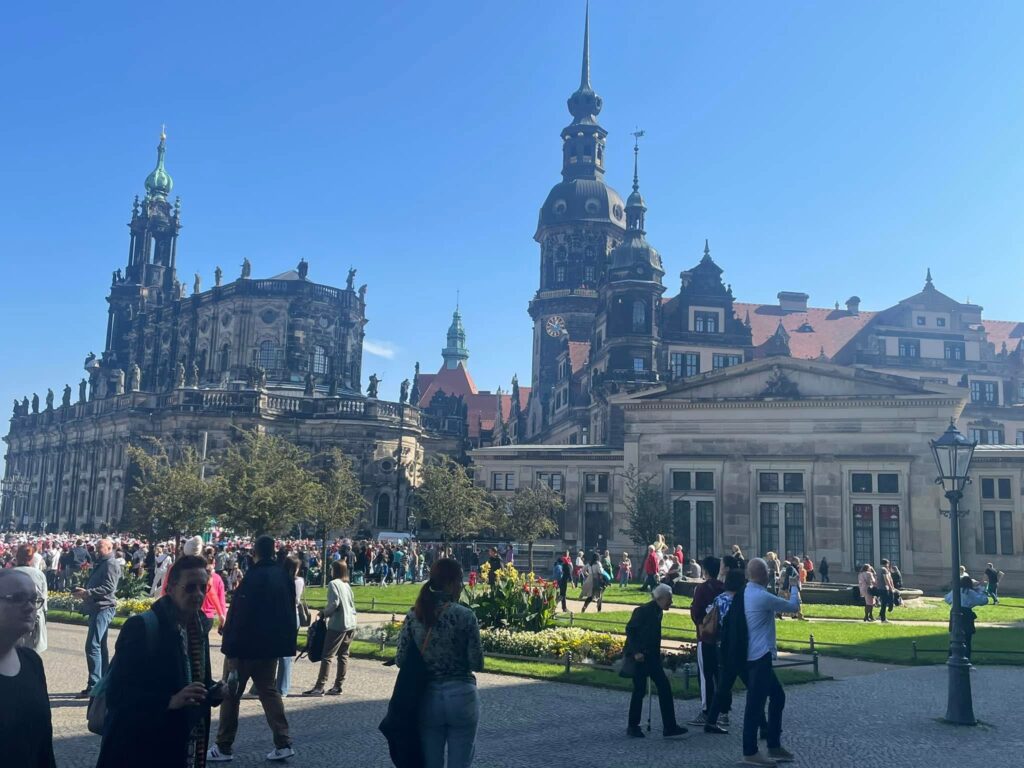As a San Jose-based travel agent and mom, I understand what Bay Area families are looking for in a vacation: convenient flights from our local airports, destinations that appeal to multiple generations, and experiences that create lasting memories without breaking the bank. After years of planning family vacations for Silicon Valley and South Bay families, I’ve compiled the ultimate list of destinations that check all the boxes.
Whether you’re flying out of SJC, SFO, or OAK, these ten destinations offer the perfect blend of adventure, relaxation, and family-friendly fun.
1. Oahu, Hawaii – The Perfect First Island Experience
Why Bay Area Families Love It:
Hawaii tops the list for good reason – it’s accessible, doesn’t require passports for your kids, and offers non-stop flights from all three Bay Area airports. Oahu specifically provides the ideal balance of beaches, culture, and activities that keep everyone from toddlers to teens engaged.
Flight Details:
- Non-stop flights from SJC, SFO, and OAK to Honolulu (HNL)
- Flight time: Approximately 5.5 hours
- Multiple daily departures make scheduling flexible
Best For:
- First-time Hawaii visitors
- Families with kids of varying ages
- Multi-generational trips (grandparents love it!)
- Active families who want more than just beach time
Must-Do Family Activities:
- Waikiki Beach for beginner surfing lessons
- Pearl Harbor and USS Arizona Memorial (great history lesson)
- Polynesian Cultural Center for interactive cultural experiences
- North Shore beach hopping and shrimp trucks
- Hiking Diamond Head for sunrise (doable with kids 6+)
- Snorkeling at Hanauma Bay
Where to Stay: From my personal experience touring properties, I recommend:
- The Royal Hawaiian – Iconic “Pink Palace” with Hollywood history
- Sheraton Waikiki – Ohana Suites sleep up to 9 (perfect for extended family)
- Moana Surfrider – Only oceanfront spa in Waikiki, plus cultural activities
- Ritz-Carlton Turtle Bay – North Shore adventure base with horseback riding on the beach
Pro Tip from a Local Agent: Book your Spring Break Hawaii trip early! April flights from SJC fill up fast. I can help you secure connecting rooms and family-friendly resort amenities.
Average Family Budget: $6,000-$9,000 for family of 4 (5 nights, flights, resort)
2. San Diego, California – The Easy Weekend Escape
Why Bay Area Families Love It:
Sometimes the best family vacation is the one that doesn’t require tons of planning or long flights. San Diego is perfect for Bay Area families wanting a quick getaway without international complications.
Flight Details:
- Non-stop flights from SJC, SFO, and OAK to San Diego (SAN)
- Flight time: Just 1.5 hours!
- Perfect for long weekends
- Alternative: Drive down the coast (8-9 hours) for a road trip adventure
Best For:
- Families with young children (shorter flight)
- Last-minute getaways
- Budget-conscious families
- First-time family travelers building confidence
Must-Do Family Activities:
- San Diego Zoo (world-class, all-day adventure)
- LEGOLAND California (perfect for ages 2-12)
- USS Midway Museum (another naval history gem)
- La Jolla Cove seal watching and snorkeling
- Balboa Park museums and gardens
- Coronado Beach and Hotel del Coronado
- SeaWorld San Diego
Where to Stay:
- LEGOLAND Hotel – Themed rooms kids never forget
- Hotel del Coronado – Historic beachfront luxury
- Paradise Point Resort – Island-like setting with pools and activities
- Mission Bay resorts – Budget-friendly with beach access
Pro Tip from a Local Agent: San Diego is one of the most affordable California family destinations. Consider driving to save on flights and have a car for exploring.
Average Family Budget: $2,000-$4,000 for family of 4 (3-4 nights, including flights or gas)
3. Cancun & Riviera Maya, Mexico – All-Inclusive Paradise
Why Bay Area Families Love It:
All-inclusive resorts mean one price covers everything – meals, drinks (including kids’ favorites), activities, and entertainment. For Bay Area parents tired of budgeting every meal, this is vacation bliss.
Flight Details:
- Non-stop flights from SJC and SFO to Cancun (CUN)
- Flight time: Approximately 4.5 hours
- Affordable flight options year-round
Best For:
- Families wanting hassle-free vacations
- Multi-generational groups (all-inclusive simplifies group travel)
- Beach lovers and water sports enthusiasts
- First-time international travelers (Mexico is easy!)
Must-Do Family Activities:
- Xcaret Park – eco-archaeological park with snorkeling, wildlife, and evening shows
- Xel-Há – natural aquarium perfect for kids
- Tulum ruins exploration
- Cenote swimming (magical underground caves)
- Chichen Itza day trip (history comes alive)
- Snorkeling with sea turtles at Akumal
Where to Stay – My Top Picks:
- El Dorado Seaside Palms – Adults-only option for couples, but also have family resorts
- Moon Palace Cancun – Massive water park on-site, kids’ club
- Nickelodeon Hotels & Resorts Riviera Maya – Character experiences kids love
- Grand Velas Riviera Maya – Luxury family suites with teen club
Pro Tip from a Local Agent: Book “More Inclusive” packages that include excursions like catamaran trips, cenote visits, and water park access – incredible value!
Average Family Budget: $5,000-$8,000 for family of 4 (5-7 nights, all-inclusive, flights, transfers)
4. Orlando, Florida – The Theme Park Capital
Why Bay Area Families Love It:
Let’s be honest – every kid deserves that magical Disney or Universal experience at least once. Orlando delivers theme park magic along with surprisingly affordable accommodations.
Flight Details:
- Non-stop flights from SJC and SFO to Orlando (MCO)
- Flight time: Approximately 5 hours
- Frequent flights with competitive pricing
Best For:
- Families with kids ages 3-14 (prime theme park years)
- Disney superfans
- Harry Potter enthusiasts
- Families wanting variety (multiple parks to choose from)
Must-Do Family Activities:
- Walt Disney World (Magic Kingdom, EPCOT, Hollywood Studios, Animal Kingdom)
- Universal Studios & Islands of Adventure (Harry Potter lands!)
- Kennedy Space Center (day trip – amazing for space-loving kids)
- LEGOLAND Florida
- SeaWorld Orlando
- Discovery Cove (swim with dolphins)
Where to Stay:
- Disney Resort Hotels – Magic from check-in to checkout, early park entry
- Universal Resort Hotels – Express Pass perks at some properties
- Vacation rentals – Often cheaper for families needing multiple bedrooms
- Off-property hotels – Budget-friendly with shuttle service
Pro Tip from a Local Agent: Orlando requires strategic planning! I help families choose the right parks, optimize their days, and avoid rookie mistakes that waste time and money. Book 6-9 months ahead for best prices.
Average Family Budget: $5,000-$10,000+ for family of 4 (7 nights, park tickets, flights) – highly variable based on choices
5. European River Cruise – Cultural Immersion Made Easy
Why Bay Area Families Love It:
I know what you’re thinking – “A river cruise with kids?” Hear me out! European river cruises are actually fantastic for families with older kids and teens (ages 10+). You unpack once, wake up in a new city every day, and cultural enrichment happens naturally.
Flight Details:
- Flights from SFO to European hubs (Amsterdam, Budapest, Frankfurt)
- Flight time: 10-12 hours (overnight flights work well)
- Perfect for spring break or summer vacation
Best For:
- Families with tweens and teens
- Multi-generational travel (grandparents love river cruising)
- Education-focused families
- History buffs
- Families wanting Europe without constant hotel changes
Top Family-Friendly River Cruise Itineraries:
- Rhine River: Castles, fairytale villages, Christmas markets
- Danube River: Budapest, Vienna, medieval towns
- Seine River: Paris to Normandy D-Day beaches (incredible history)
Cruise Lines with Family Programs:
- AmaWaterways – Excellent family program
- Viking (for mature teens)
- Tauck River Cruises – Outstanding family departures
Pro Tip from a Local Agent: As someone who just sailed the Romantic Danube, I can tell you this is an incredible way to see Europe without the stress of trains, hotels, and constant packing. Everything’s included – shore excursions, meals, wifi. Kids actually engage with history when they’re walking through 1,000-year-old castles!
Average Family Budget: $8,000-$15,000+ for family of 4 (8-day cruise, flights, pre/post hotels)
6. Costa Rica – Adventure and Wildlife Paradise
Why Bay Area Families Love It:
Costa Rica delivers adventure, wildlife, and beaches without requiring extensive international travel experience. It’s safe, affordable, and offers experiences your kids will talk about for years.
Flight Details:
- Non-stop flights from SFO to San Jose, Costa Rica (SJO)
- Flight time: Approximately 5.5 hours
- Also flights to Liberia (LIR) for direct beach access
Best For:
- Adventure-loving families
- Wildlife enthusiasts
- Eco-conscious travelers
- Active families (hiking, zip-lining, surfing)
- Kids ages 8+ (for most adventure activities)
Must-Do Family Activities:
- Zip-lining through cloud forests (Monteverde)
- Sloth sanctuary visits
- Arenal Volcano hot springs
- White-water rafting (family-friendly rapids available)
- Manuel Antonio National Park beaches and monkey watching
- Tortuguero turtle nesting (seasonal)
- Surfing lessons on the Pacific coast
Where to Stay:
- Arenal area resorts – Volcano views and hot springs
- Manuel Antonio – Beach resorts with rainforest access
- Guanacaste beaches – All-inclusive options like Dreams Las Mareas
- Monteverde – Cloud forest lodges
Pro Tip from a Local Agent: Costa Rica works well as a DIY adventure or fully planned tour. I can arrange private drivers, activities, and accommodations so you get the adventure without the planning stress.
Average Family Budget: $5,000-$8,000 for family of 4 (7 nights, internal transfers, activities, flights)
7. Alaska Cruise – Summer Adventure of a Lifetime
Why Bay Area Families Love It:
Alaska cruises from West Coast ports mean minimal flying for Bay Area families. It’s an incredible destination that offers wildlife, glaciers, and adventures that rival any international destination.
Departure Options:
- Cruise from San Francisco – No flights needed! Drive or quick flight from Bay Area
- Cruise from Seattle – Short flight from Bay Area airports
- Cruise from Vancouver – Easy SFO connection
Flight Details (if sailing from Seattle/Vancouver):
- Flight time to Seattle: 2 hours from Bay Area
- Flight time to Vancouver: 2.5 hours from Bay Area
Best For:
- Families with kids ages 6+
- Wildlife lovers
- Nature enthusiasts
- First-time cruisers (Alaska is magical)
- Summer vacation (May-September)
What Makes Alaska Cruises Special:
- Glacier viewing from your balcony
- Whale watching opportunities
- Bear spotting in natural habitat
- White Pass Railway scenic journey
- Gold rush history in Skagway
- Salmon bake experiences
- Dog sledding on glaciers
Best Cruise Lines for Families:
- Disney Cruise Line – Character experiences meet Alaska adventure
- Norwegian Cruise Line – Great kids’ clubs and family activities
- Princess Cruises – Classic Alaska experience
- Holland America – Excellent youth programs
Pro Tip from a Local Agent: Book Alaska cruises 9-12 months ahead for best cabin selection and pricing. Balcony cabins are worth it – you’ll watch glaciers from your room!
Average Family Budget: $6,000-$12,000 for family of 4 (7-day cruise, flights if needed, excursions)
8. Maui, Hawaii – The Romantic Island That Families Love Too
Why Bay Area Families Love It:
While Oahu is great for first-timers, Maui offers a more laid-back vibe perfect for families wanting beaches, snorkeling, and natural beauty without the Waikiki crowds.
Flight Details:
- Non-stop flights from SJC, SFO, and OAK to Kahului (OGG)
- Flight time: Approximately 5.5 hours
- Similar to Oahu but feels more relaxed
Best For:
- Families wanting quieter Hawaii experience
- Beach and snorkel enthusiasts
- Road trip lovers (Road to Hana!)
- Multi-generational groups
- Repeat Hawaii visitors
Must-Do Family Activities:
- Snorkeling at Molokini Crater
- Road to Hana adventure (early start recommended)
- Haleakala sunrise (magical but early – 3am start!)
- Beach days at Wailea or Ka’anapali
- Old Lahaina Luau (best family-friendly luau)
- Surfing lessons
- Whale watching (December-April)
Where to Stay:
- Wailea Beach Resort – Marriott – Great kids’ club and beach
- Grand Wailea – Epic water features kids love
- Andaz Maui – Modern luxury with family suites
- Napili Kai Beach Resort – Condo-style, budget-friendly
- Kaanapali Beach Resort areas – Multiple hotel options
Pro Tip from a Local Agent: Rent a car in Maui – it’s essential for exploring. I can arrange rental cars with your package. Also, book the Old Lahaina Luau months in advance!
Average Family Budget: $7,000-$11,000 for family of 4 (6 nights, flights, rental car, resort)
9. Washington D.C. – History Comes Alive
Why Bay Area Families Love It:
Free Smithsonian museums, incredible history, and surprisingly kid-friendly attractions make D.C. an educational vacation that doesn’t feel like school.
Flight Details:
- Non-stop flights from SJC, SFO, and OAK to Reagan (DCA) or Dulles (IAD)
- Flight time: Approximately 5 hours
- Frequent flights with competitive pricing
Best For:
- School-age children (especially 8-16)
- History-loving families
- Spring or fall visits (beautiful weather)
- Educational travel
- Patriotic Americans wanting to show kids our nation’s capital
Must-Do Family Activities:
- All the Smithsonian museums (Air & Space is kids’ favorite!)
- White House tour (book months ahead through your representative)
- Capitol Building tour
- Lincoln Memorial and monuments on the National Mall
- Arlington National Cemetery
- Mount Vernon day trip
- International Spy Museum (teens love this!)
- National Zoo (pandas!)
Where to Stay:
- Downtown D.C. hotels – Walking distance to most attractions
- Arlington, VA hotels – Often cheaper, easy Metro access
- Embassy Suites – Great for families needing space
Pro Tip from a Local Agent: Most of D.C.’s best attractions are FREE! Your biggest expenses are flights and hotels. The Metro is easy to navigate and kid-friendly. Spring (cherry blossoms) and fall are ideal weather.
Average Family Budget: $4,000-$6,000 for family of 4 (5 nights, flights, hotels, Metro passes)
10. Tahiti & French Polynesia – Ultimate Bucket List Destination
Why Bay Area Families Love It:
This is the splurge vacation – the one you take for a major milestone, anniversary, or once-in-a-lifetime family adventure. Direct flights from SFO make it surprisingly accessible for Bay Area families.
Flight Details:
- Non-stop flights from SFO to Papeete, Tahiti (PPT)
- Flight time: Approximately 8 hours (overnight flight)
- Air Tahiti Nui offers excellent service
Best For:
- Milestone family trips
- Families with older kids/teens (10+)
- Snorkeling and water sports enthusiasts
- Luxury family travel
- Multi-generational bucket list trips
Island Hopping Options:
- Tahiti – Gateway island, explore Papeete
- Moorea – Family-friendly resorts, easy ferry from Tahiti
- Bora Bora – Iconic overwater bungalows
- Huahine – Unspoiled, authentic experience
Must-Do Family Activities:
- Snorkeling in crystal-clear lagoons
- Overwater bungalow experience
- Swimming with sharks and stingrays (safe, guided)
- Lagoonarium visits
- Cultural Polynesian experiences
- Island tours by 4×4
- Sunset sailing
Where to Stay – My Recommendations:
- Sofitel Kia Ora Moorea – Family bungalows, beautiful beach
- Le Taha’a by Pearl Resorts – Secluded, Bora Bora views
- InterContinental Tahiti – Convenient to airport, affordable starting point
- Hilton Moorea – Overwater bungalows for families
Pro Tip from a Local Agent: Tahiti is more affordable than you think! I have access to special promotions including free nights, breakfast included, and up to 30% off. The key is working with an agent who knows how to maximize value. Also, island hop – don’t stay on just Tahiti!
Average Family Budget: $10,000-$18,000+ for family of 4 (8-10 nights, inter-island flights, resorts, flights)
How to Choose the Right Destination for Your Bay Area Family
Consider These Factors:
1. Ages of Your Children:
- Ages 2-5: Shorter flights (San Diego, Maui, Oahu)
- Ages 6-9: Theme parks shine (Orlando, San Diego)
- Ages 10-14: Adventure destinations (Costa Rica, Alaska)
- Teens 15+: Cultural experiences (European river cruise, D.C.)
2. Your Budget:
- Under $5,000: San Diego, Washington D.C.
- $5,000-$8,000: Oahu, Cancun, Costa Rica
- $8,000-$12,000: Orlando, Maui, Alaska cruise
- $12,000+: European river cruise, French Polynesia
3. Time of Year:
- Spring Break (March-April): Hawaii, Mexico, San Diego
- Summer (June-August): Alaska, Europe, Costa Rica
- Fall (Sept-Nov): D.C., European river cruises
- Winter/Holidays: Hawaii, Mexico, Orlando
4. Flight Convenience:
- Non-stop from SJC: Hawaii, San Diego, Cancun, Orlando
- Non-stop from SFO: All above + Europe, Tahiti, Alaska
- Short flights: San Diego (1.5 hrs), Seattle for Alaska (2 hrs)
5. Passport Requirements:
- No passport needed: Hawaii, San Diego, Orlando, Washington D.C., Alaska (depending on cruise)
- Passport required: Mexico, Costa Rica, Europe, Tahiti
Why Book Your Bay Area Family Vacation with a Travel Agent
As a San Jose-based travel agent and mom of two, I understand the unique needs of Bay Area families:
I Know Your Airports:
- Best flight times from SJC, SFO, and OAK
- Which airlines offer the most legroom for families
- How to navigate connections efficiently
- TSA PreCheck and Global Entry guidance
I Save You Time:
- No endless internet research
- I’ve personally visited many of these destinations
- I know which resorts have the best kids’ clubs
- I understand Silicon Valley family schedules
I Save You Money:
- Access to exclusive promotions not available online
- Package deals that bundle flights and hotels
- Group rates for extended family trips
- Resort credits and complimentary upgrades
I Provide Peace of Mind:
- 24/7 support if travel issues arise
- Travel insurance guidance
- Connecting rooms coordinated
- Special requests handled (dietary needs, celebrations)
I Customize Everything:
- Different departure airports
- Flexible travel dates
- Multi-generational considerations
- Activity levels appropriate for your kids’ ages
Ready to Plan Your Bay Area Family Adventure?
Whether you’re dreaming of Hawaii beaches, European castles, or theme park magic, I’m here to make your family vacation seamless and unforgettable.
Let’s start planning today!
📧 Email: gretchen@vincentvacations.com
🌐 Website: https://www.vincentvacations.com/agents/gretchenode/travelform
📲 Direct Message me on social media
Serving San Jose, Fremont, and the entire Bay Area with personalized travel planning for families who want more than just a vacation – you want memories that last a lifetime.
Frequently Asked Questions from Bay Area Families
Q: When should I book family vacations from the Bay Area?
A: For popular times like Spring Break and summer, book 6-9 months ahead for best flight prices from SJC and SFO. Last-minute deals exist but limit your options.
Q: Which Bay Area airport is best for families?
A: SJC is most convenient for South Bay families – smaller, easier to navigate, shorter security lines. SFO has more international options. OAK is great for budget airlines and East Bay families.
Q: Do kids need passports for these destinations?
A: Not needed: Hawaii, San Diego, Orlando, D.C., some Alaska cruises. Required: Mexico, Costa Rica, Europe, Tahiti.
Q: What’s the best first international trip for Bay Area families?
A: Mexico (Cancun/Riviera Maya) – short flight, all-inclusive ease, familiar enough to not be overwhelming, but different enough to feel like an adventure.
Q: Can you help with flights from SJC specifically?
A: Absolutely! I coordinate flights from all Bay Area airports and know which routes work best for families.
Q: Do you charge fees for your services?
A: My services are typically complimentary – I’m compensated by the resorts, cruise lines, and tour operators. You get expert planning at no additional cost!
Contact me today – let’s turn your family vacation dreams into reality!
About the Author: Gretchen Ode is a luxury travel agent based in San Jose, California, specializing in family vacations, Hawaiian getaways, European river cruises, and all-inclusive resorts. As a mom and Marine veteran wife, she understands what Bay Area families need for successful vacations. With personal experience at many featured destinations and partnerships with premium travel suppliers, Gretchen provides insider knowledge that makes family travel planning stress-free. Contact her at Vincent Vacations: gretchen@vincentvacations.com
